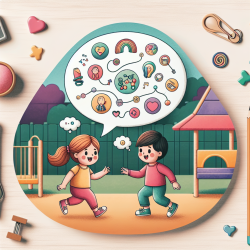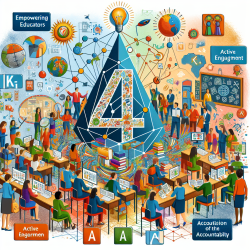In the realm of speech-language pathology, making data-driven decisions is pivotal to achieving the best outcomes for children. A recent study titled "The effect of activity and face masks on exhaled particles in children" provides invaluable insights that practitioners can leverage to enhance their practices. This study, published in Pediatric Investigation, explores how different activities and face masks affect the concentration and size of exhaled particles in children.
Key Findings and Practical Applications
The study involved 23 healthy children performing activities of varying intensities—breathing quietly, speaking, singing, coughing, and sneezing—while wearing no mask, a cloth mask, or a surgical mask. The concentration and size of exhaled particles were meticulously measured during each activity.
1. Activity Intensity and Particle Concentration
- Higher intensity activities like coughing and sneezing produced significantly more exhaled particles, particularly in the respirable size fraction (≤ 5 µm), which are crucial in the transmission of respiratory viruses.
2. Efficacy of Face Masks
- Surgical masks were more effective than cloth masks in reducing particle concentration across all activities, especially for high-intensity activities.
- Both mask types significantly reduced particle concentration during sneezing, with surgical masks showing a 54.1% reduction in respirable particles.
3. Age-Related Differences
- Older children exhibited a greater increase in particle concentration during high-intensity activities compared to younger children.
Implementing These Findings
Practitioners can use these insights to guide their recommendations and interventions. Here are some practical steps:
- Promote the Use of Surgical Masks: Given their superior efficacy, surgical masks should be recommended, especially in settings with high-intensity activities like speech therapy sessions.
- Educate on Mask Usage: Ensure children and their caregivers understand the importance of proper mask usage and the differences in effectiveness between mask types.
- Tailor Interventions Based on Age: Recognize that older children may require more stringent measures to control particle emission during therapy sessions.
- Encourage Further Research: Practitioners should stay informed about ongoing research and consider participating in studies to contribute to the growing body of knowledge.
Conclusion
This study underscores the importance of data-driven decision-making in speech-language pathology. By understanding the nuances of how activities and face masks impact exhaled particles, practitioners can better protect the health of children and enhance the efficacy of their interventions.
To read the original research paper, please follow this link: The effect of activity and face masks on exhaled particles in children.










